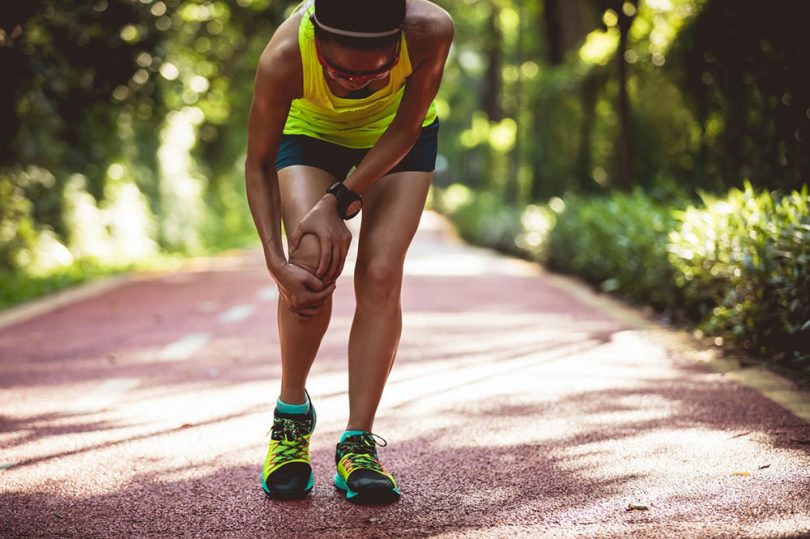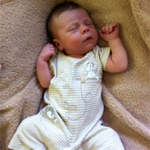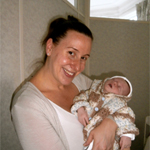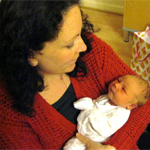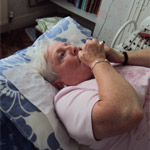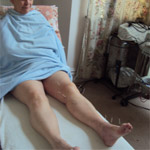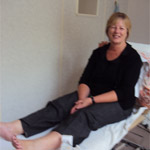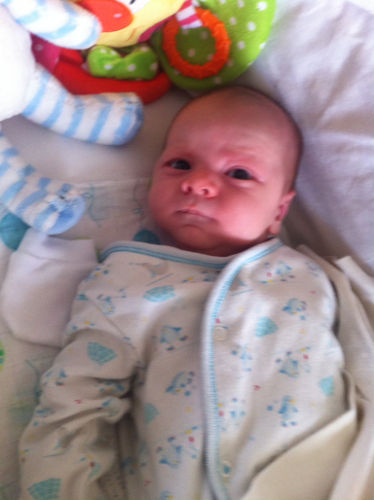Runner’s knee — everything you need to know about Patellofemoral Pain Syndrome
According to the latest stats, one in five people in the UK go running monthly. And with the long list of benefits that this form of cardio can bring (from reducing the risk of cancer, boosting your bone health and helping you live longer), it’s no wonder why.
Another factor that might have something to do with running’s popularity is the fact it’s an accessible type of fitness. No matter whether you’re running the London Marathon, attending your first Parkrun or just going for a quick run around the block — you only really need a good pair of running shoes and a dose of motivation to get going.
But whether you’ve just started your running journey or you’ve been doing it for years, recent research has shown that half of regular runners tend to pick up an injury or niggle each year, with patellofemoral pain syndrome (aka runner’s knee) being one of them.
Getting the low down on patellofemoral pain syndrome
“This knee condition is an overuse injury,” Denise Callaghan, Osteopath, explains. “And, as its nickname suggests, it’s one of the most common overuse injuries amongst (you guessed it…) runners. But it can be a cause of concern for people who play other sports, like tennis or badminton.”
The most common symptom of this condition can include a dull pain around the front of the knee or behind your kneecap (so your patella).
This pain can occur when you’re:
- Walking
- Climbing stairs
- Descending stairs
- Squatting
- Kneeling
- Running
- Sitting down
- Standing up
But some might experience swelling, popping or grinding in the knee.
Of course, and as we touched on, there’s no denying the many (and seemingly never ending) benefits running can bring. From supercharging your mental health and strengthening muscles, to improving cardiovascular fitness and helping you maintain a healthy weight.
“But just like any form of movement, if you’re overusing your muscles, you haven’t warmed up correctly, or your joints aren’t being supported — you can do yourself a mischief,” Denise adds.
So, how is runner’s knee caused?
Over the years there have been a few theories of how patellofemoral pain syndrome is caused.
One train of thought is that this condition is caused by having poor biomechanics. While adopting a poor running form has been blamed too.
But according to the most recent research, which was published in the British Journal of Sports Medicine, the only risk factor for developing runner’s knee was having ‘quadricep weakness’.
If you’ve ever had an injury, or you suspect you have one now, you’ll know how worrying, stressful and debilitating it can feel.
So how can you avoid or rid runner’s knee?
Well, along with taking a rest from running, using cold packs, elevating your leg and stretching and strengthening your lower body, it’s been proven that manual therapy or soft tissue massage of the lower limb can also be effective for knee pain.
Exactly how Osteopathy can help
As one report found, just six sessions of manual therapy can help to increase knee flexion and improve activity in people with knee pain.
In the report, researchers concluded: “Manual therapy is effective in improving knee flexion and stair climbing in patients with anterior knee pain. There is a trend towards a small improvement in pain.”
Exercise and rehabilitation with specific stretches and exercises designed to strengthen your lower limbs can also help, Denise says.
‘Kneed’ help? Contact us to get your knee back on track
If you believe you are suffering with runner’s knee — or any joint pain in your body — do get in touch.
Denise has been an Osteopath for 35 years’ (and counting) and has treated many runners over that time, including those struggling with patellofemoral pain syndrome, Achilles tendonitis and more.
So, if you are suffering, reach out. We’re here to help and get to the bottom of the issue and make sure you can get your health back on track (and hopefully in time for that run!).

